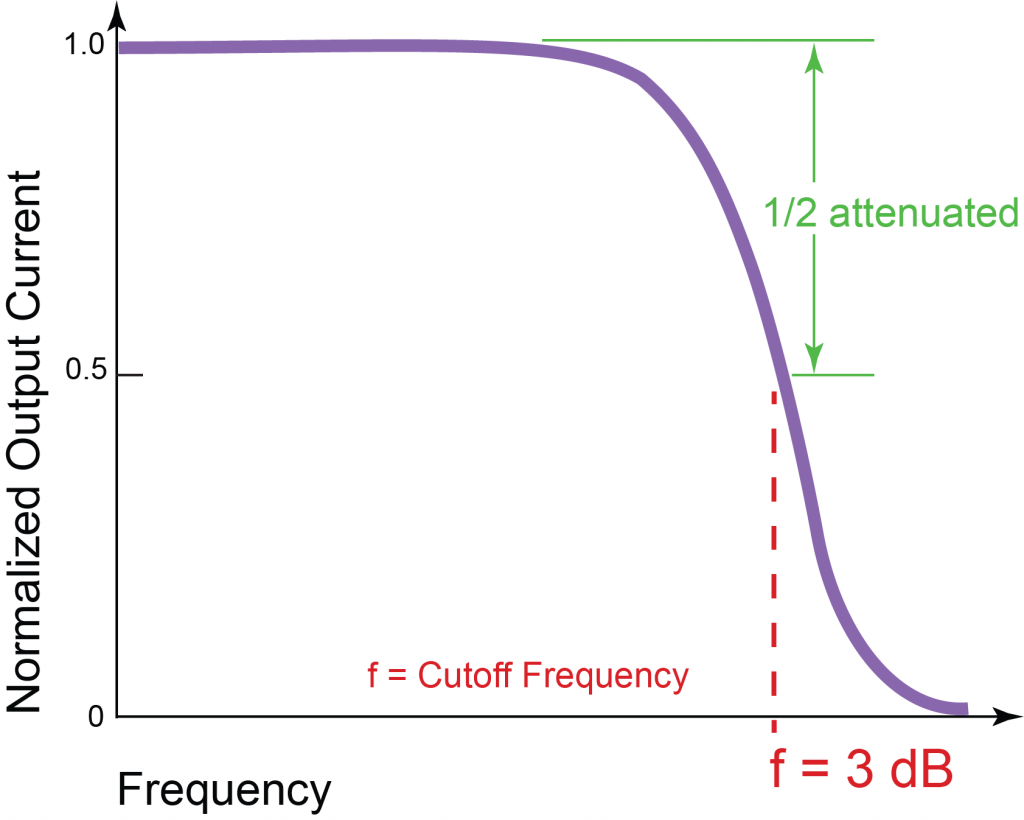

On this kind of probability graph, the fact that a plot is nearly a straight line indicates that the distribution is approximately gaussian. Figure 6.3 shows the distributions of composition x on two wafers, one before, and the other one after a process improvement. The composition was measured by IR transmission at 121 evenly-spaced locations across the wafer.

(2010), who grew LWIR HgCdTe layers on 6 cm × 6 cm CdZnTe substrates by MBE. After several years of effort, significant improvements have been demonstrated. The growth was terminated by a 100 Å GaSb cap layer.Īnother requirement on the composition is uniformity across the wafer. The superlattices consist of InAs and GaSb layers with one monolayer of InSb at both interfaces and were grown directly on GaSb buffer layers. The growth was optimized for low background doping levels (∼5 × 10 15 cm −3), and high surface smoothness (∼4Å rms roughness) in this layer. GaSb buffer layers with a thickness of about 2 μm were grown directly on the GaAs substrates using a similar set of growth conditions given in the previous section. The structures were grown on semi-insulating GaAs substrates. However, unlike MCT the uniformity of the growth is not an issue in this material system due to the strong bonding of III-V compound semiconductors. Theoretical 29 calculations and our experimental results show that InAs/Ga 1_ xIn xSb type-II superlattices have a similar absorption coefficient to MCT, and therefore detectors with very high quantum efficiencies are possible. These drawbacks are especially important for space applications since they significantly increase the launch cost. Consequently, a three-stage cryo-cooler is required which is heavy, bulky, and has a short lifetime. Although high detectivity and good uniformity have been achieved with this type of detector, they have to be cooled below 10K. However, due to the high non-uniformity 28 of HgCdTe, detector arrays with acceptable uniformity can only be realized with extrinsic silicon detectors at long wavelength. Currently available detectors with high quantum efficiency in this wavelength range are Mercury Cadmium Telluride (MCT) and extrinsic silicon detectors. High performance infrared detectors with cutoff wavelengths above 16 μm are very much needed for space-based applications such as deep-space astronomy and pollution monitoring. Mohseni, in Handbook of Infra-red Detection Technologies, 2002 6.3.2 Cooled type-II photoconductors for λ > 20 μm Motivation The activation energies derived from Arrhenius plots of dark current, 170, 204, and 226 meV for bias voltages + 9, −9, and 0.1 V respectively, agree with the cut-off wavelengths observed in the photoresponse curve. This QWIP remains background limited up to a detector temperature of 100 K for biases between −7.5 V and +2.5 V. Compared with the GaAs/GaInP QWIP reported in the last section, the peak wavelength increased slightly. The photoresponse has a peak around 4 μm with broad maxima. Such asymmetry could be related to either a structural difference in the two quantum well interfaces or to dopant migration during the material growth. This arises from an asymmetric quantum well potential profile. 72 The effect of the quaternary alloy was to reduce the valence band offset relative to lattice matched GaAs and thus increase the cut-off wavelength.Ī photovoltaic effect is observed from the photoresponse curve (see Figure 1 in reference 72).

In 0.29As 0.39P 0.61 QWIP was grown by LP-MOCVD with 50 periods of 30 Å wide GaAs quantum wells separated by 280 Å wide GaInAsP (Eg = 1.8 eV at T=300 K) barriers. To increase the cut-off wavelength, a lattice-matched GaAs/Ga 0.71. Razeghi, in Handbook of Infra-red Detection Technologies, 2002 p-type GaAs/GaInAsP QWIP


 0 kommentar(er)
0 kommentar(er)
